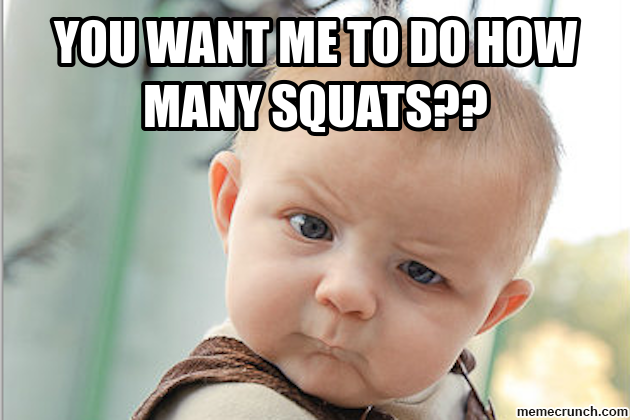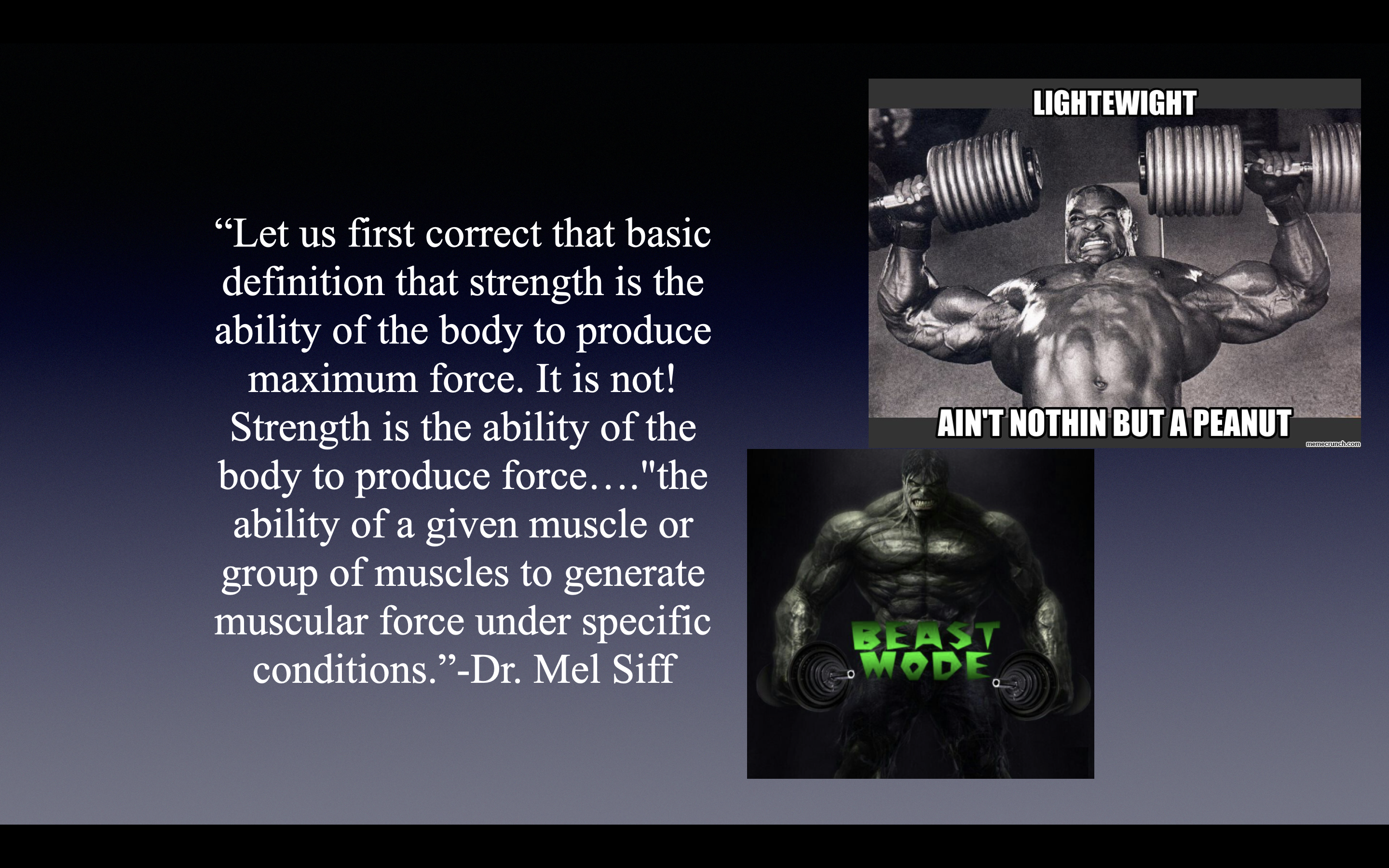What Squats Aren’t Teaching You About Strength
2020-07-19
“Just squat”, heck advice that pretty much anyone can wrap their heads around. However, does it matter which squat? Are all squats equal? Should we focus on some squats more than others, how do we progress squats? So, while it may make for a great social media meme or workout t-shirt, in reality it tells us very little.
Without such information we just default to training ideas that may not be as thoughtful as we think. Most notably, that the heaviest squat leads to the biggest strength and functional development. Sounds reasonable, but it leads us down the wrong path and is an overly simplistic view of both strength and developing more complex fitness and strength.

If all things are equal, then that would be true, but we know there are other variables of our squats that we do have to consider. When we think about strength, most will think solely in terms of amount of force to be developed. Yet, the late, great sport scientist Dr. Mel Siff pointed out that this is only true in context of specific conditioning (like postures, direction of movement, and other variables). Because if we took that blindly then we would all choose the leg press because we can be more stable and produce more force on a leg press than even a squat. However, we know squats challenge more elements of strength and are often preferred to leg presses.
I’d love to say that it is as simple as “just squat,” but you wouldn’t be getting the results you want. While it isn’t as simple as just squat, it isn’t rocket science either.

The Goal of The Movement
When we think of a movement pattern, we have to go back to what is the most efficient and effective ways for our body to create movement. After all, our body was designed to function outside of the gym, not in it. That means sometimes what we do in the gym is very foreign to what our body is meant to do and wants to do in producing movement. The squat is a good example as many issues with low backs and other orthopedic and movement issues can be traced back to excessive sitting and poor chairs (a whole different post).
What happens specifically when we sit too much is our body loses the coordination of natural movement patterns as well as becomes weaker (because we are artificially supported). That means we lose movement in the ankle, knee, and hip complex which is serious! It is this connected series of joints that allows us to be more resilient to low back issues, be more powerful/faster, and is necessary to squatting in more natural environments.
What you see these great DVRT coaches show are the ways we can reestabilshing the movement pattern of the squat and build better ankle, knee, and hip mobility by using these different positions and loading postures. Why does HOW we load the body matter? It can empathize the connection that our core has to our lower body and can help us work from relying on stronger core tension to more complex squatting patterns. Love real coaches showing smarter solutions!
https://www.instagram.com/p/CA-QMWnDWTP/
Thinking Deeper About Your Squats
Recently a powerlifter on social media asked me if I really thought someone with a heavy squat and deadlift would struggle on some of these movements we are going to show you. I said, not only do I think that is the case, I have seen it!
A wonderful powerlifter I was trying to help go from an 800-900 pound squat struggled to perform a lateral 60 pound Ultimate Sandbag step-up. This very true story and countless others like them don’t discount the use of bilateral squats, but tells us we can’t think only in terms of them or think they are the best ways to improve functional strength.
We know the movement strength that is needed to perform a cossack squat or step down squat is a lot more difficult than a bilateral squat. When we are more stable, we can lift more weight, that is the obvious stuff to see. The work and muscular balance our body must use to perform these other drills shows us that there are things we can’t see that are making our body work at the highest level.
When we combine these elements with holding positions, we can a series of squats that we can use to help accomplish specific goals. That is better than guessing or just throwing in random squats into your workouts and wonder why you aren’t getting better since everyone says they are so great?! Let’s check out the concept of holding position.
https://www.instagram.com/p/CC0iWDQjJeb/
Holding Position of Squats
My social media friend that I mentioned above also had a hard time believing that anything but a barbell back squat can be awesome for strength development. Again, we have the most stable, balanced, and therefore, easiest position to hold weight with it on our back. However, that doesn’t make it necessary the most productive.
Why we emphasize holding weight on front of the body is because we have less negative stress on the low back and get MORE engagement from the core while gettin gate SAME amount of muscles worked with load on the back. These more challenging positions make our body work harder in more different ways so that is how a lesser weight can equal same amount of muscle, but smarter strength and less stress on low back.
Each position is differentd, even if they LOOK similar. That is why we systemize how we use our holding positions in our squats to help people understand which of the squats they should be using. That is the most important part, knowing the why’s. It is a lot more powerful than you think.
Imagine that most people hate to exercise because it hurts. They keep trying to make themselves do the movements that they are told “work” but in reality other forms of squats would work so much better. That is why we keep saying in DVRT, it isn’t about doing everything exercise but the RIGHT exercise. When it comes to squats that is so important!
Find out more in our DVRT online educational programs that are 20% off and save the same on our Ultimate Sandbags with code “save20” HERE
https://www.instagram.com/p/B-MsiYQD-rv/
© 2025 Ultimate Sandbag Training. Site by Jennifer Web Design.






